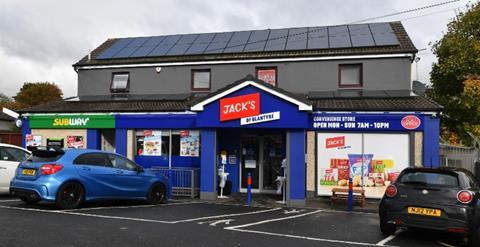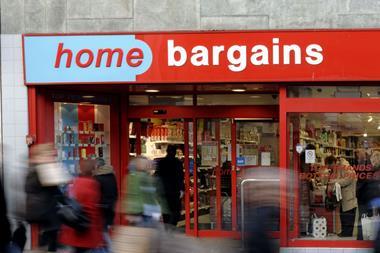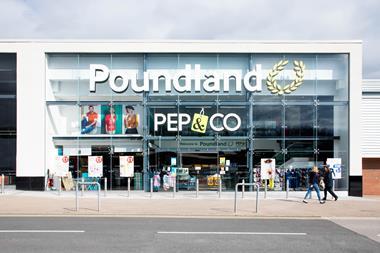
Is the news that Tesco is to close its low-cost Jack’s brand really a surprise to the industry? I don’t believe it is. I’m just surprised it didn’t make the decision sooner.
The rollout of the much-anticipated brand just over four years ago was slow. As Britain’s largest retailer with annual sales of over £50bn, Tesco, like other retailers, wanted a slice of the discount grocery market to compete with the likes of Aldi and Lidl.
Tesco certainly had the funding to make a go of its venture. But the challenge established brands have in trying to enter a market late – and one that has been disrupted by changing consumer expectations – is they lack the internal cultures, processes and mindsets of true market disruptors. Established players typically tend to be less risk-averse and lack the pace in accelerating and growing quickly. You can see this with Jack’s, where Tesco initially set out aspirational plans to open between 10 and 15 stores in the first six months… but actually took more than four years to open 13 in total.
Brands like Tesco struggle to do things in a different way – something bold or against the norm of the sector in which they operate. This is one of the key reasons I believe Jack’s has failed: it essentially operated with the same model as Tesco (albeit at different product prices) and was late to market, forcing it to scale quickly.
When Aldi initially launched in 1990, with one store in Birmingham, many consumers and industry experts were confident it would fail in Britain. At the time there was noticeable snobbery about discount shopping and the absence of service, which was perceived as important to British customers. However, its format of focusing on simplicity and own label to keep costs and prices down started, very slowly, to gain traction.
Aldi has no doubt changed the way in which consumers in Britain think about how they shop. What it has done is disrupt a mindset – forcing the big four grocers to take it seriously as a brand that could really start to take market share as well as drive down basket spend.
Instead of trying to compete with Aldi, Tesco should have invested in more advantageous opportunities such as leveraging the takeaway market and rapid deliveries where it has locations, coverage and the infrastructure to do so. Trying to compete and mirror the same model as the discounters was always a recipe for disaster.
It’s always good to see brands trying different pilots and experiments but in this case, it seems like it was to the detriment of Tesco’s core audience and business.
Large traditional brands like Tesco need to learn to have the right people and mindsets at the helm of running disruptive pilots and experiments. They must also test and learn by refining the business model before the product. Otherwise, their ventures are doomed to go the same way as Jack’s.



















No comments yet